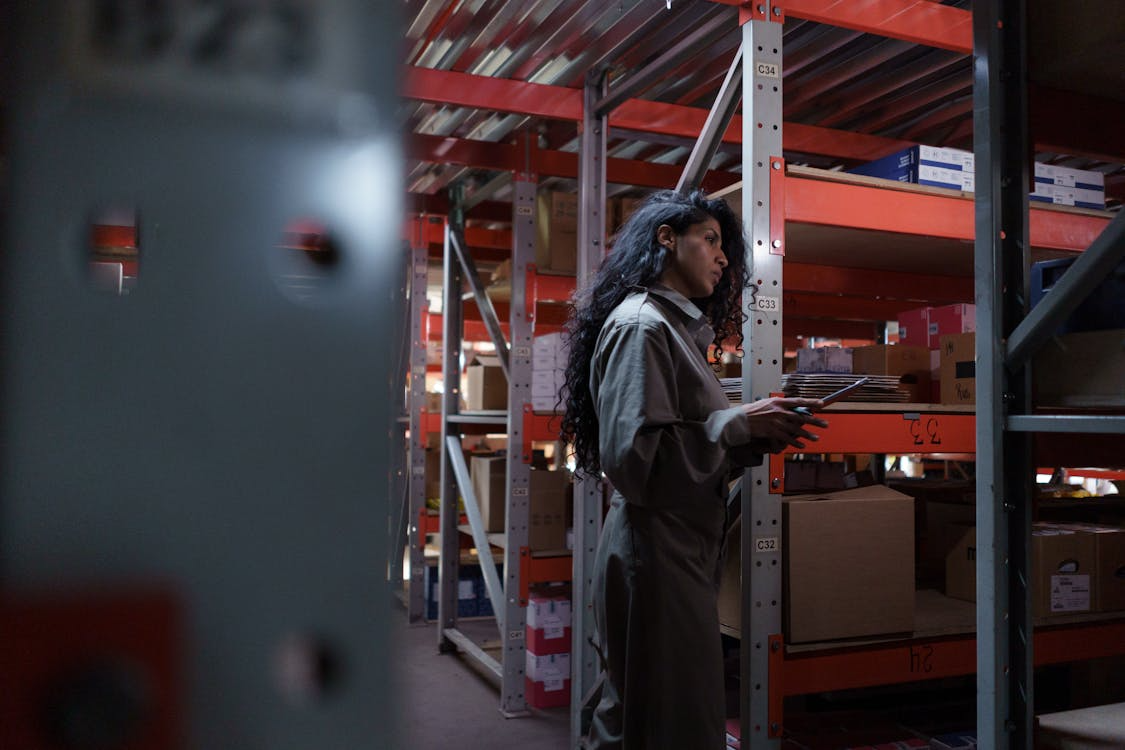5 Steps to Reducing Business Labor Costs
Discover 5 key steps to effectively reduce business labor costs and enhance.

In the competitive world of business, labor costs can significantly impact your bottom line. Effectively managing these costs is crucial for maintaining profitability and ensuring the long-term success of your company. This article outlines five strategic steps to help reduce business labor costs, offering insights that go beyond mere cost-cutting to foster a more efficient and productive workforce.
1. Automate Some Tasks
Automating certain tasks is a pivotal step in any strategy aimed at reducing labor costs. With the advent of AI tools and technology, businesses can streamline repetitive and time-consuming activities, thereby optimizing efficiency and minimizing the need for extensive human intervention. By incorporating automation into various aspects of restaurant operations, such as order processing, inventory management, and scheduling, establishments can achieve significant savings in labor expenses while enhancing overall productivity.
Moreover, prioritizing safety standards within the workplace not only fulfills legal obligations but also serves as a strategic measure for long-term cost reduction. By strictly adhering to safety protocols and providing comprehensive training to employees, restaurants can mitigate the risk of workplace accidents and injuries. This proactive approach not only safeguards the well-being of staff but also prevents costly downtime and potential legal liabilities associated with workplace incidents. Ultimately, a commitment to safety not only fosters a conducive work environment but also contributes to the overarching goal of minimizing labor costs and optimizing operational efficiency.
Related: Increase Employee Productivity

2. Review Procedures for Efficiency
Take a critical look at your procedures to ensure they're operating at maximum efficiency. This examination can uncover inefficiencies that, once rectified, contribute to lowering labor costs. Analyze each step in your workflow for redundancies or opportunities for optimization. Even small adjustments can yield significant savings in labor hours without compromising quality.
Furthermore, scrutinizing your procedures can reveal surprising areas ripe for improvement. By refining these processes, you not only enhance operational efficiency but also reduce unnecessary labor hours. Streamlining workflows and eliminating redundancies are crucial steps toward achieving cost-effective operations.
Remember, the devil is in the details. Even seemingly minor changes in procedures can lead to substantial reductions in labor costs over time. Therefore, it's essential to continuously evaluate and refine your workflows to maintain optimal efficiency and profitability.
Join the OpsAnalitica community to gain valuable insights and expertise from fellow industry professionals. Review your procedures for maximum efficiency and discover opportunities to reduce labor costs. With tailored recommendations for operational excellence, take your restaurant's efficiency to the next level. Join us today and optimize your operations for success.
3. How to Reduce Labor Costs
Adherence to safety standards is not only a legal requirement but also a strategic move in the long run. By following safety protocols, you can avoid costly accidents and the associated downtime, which in turn helps to reduce labor costs.
To further aid in your efforts, here are three tools that can help you reduce labor costs effectively:
- OpsAnalitica - An intuitive platform designed to optimize your operations and minimize unnecessary labor expenditure.
- Workforce Management Software - These systems help in scheduling and tracking employee hours to avoid overstaffing.
- Process Automation Software - Automate routine tasks and free up your staff for more value-added activities.
By considering these tools and strategies, you can find various ways to reduce labor costs without compromising on quality or employee satisfaction. Remember, in order to reduce their labor costs, what might a company do? It starts with identifying where you can make smart changes to your operations.
Related: 3 Benefits of Labor Management & a Scheduling Strategy
4. Implement Cross-Training Initiatives
Another effective strategy to reduce labor costs is to implement cross-training initiatives among your staff. By training employees to handle multiple roles within the restaurant, you can optimize staffing levels and reduce the need for specialized workers. This flexibility enables you to adjust staffing based on fluctuations in demand, ultimately lowering overall labor expenses while maintaining operational efficiency.
Additionally, cross-training fosters a more versatile and adaptable workforce, capable of seamlessly transitioning between different tasks and responsibilities. By empowering employees with diverse skill sets, you create a dynamic work environment that promotes collaboration and resourcefulness, further enhancing operational effectiveness.
Related: High Turnover = Lower Ops Consistency
5. Utilize Employee Scheduling Software
Investing in employee scheduling software can also contribute to reducing labor costs. These tools help you create optimized schedules based on factors like forecasted demand, employee availability, and labor budget constraints. By efficiently allocating staff hours, you can minimize overtime expenses, eliminate unnecessary shifts, and ensure adequate coverage during peak hours without overstaffing during slower periods.
Moreover, employee scheduling software offers features such as shift swapping and communication tools, facilitating seamless coordination among staff members and reducing scheduling conflicts. This streamlines the scheduling process, saving time and effort for both managers and employees while maintaining compliance with labor regulations.
Mastering Labor Cost Management in Restaurants
Effectively managing labor costs is a critical aspect of running a successful restaurant. By following the outlined steps and embracing a strategic approach, businesses can identify hidden labor costs, assess their current cost control state, and implement proven strategies to optimize expenses. It is essential to measure and monitor these strategies regularly to ensure they align with the growth and success of the restaurant. Remember, reducing labor costs does not mean compromising on quality or customer satisfaction; it's about finding the balance that allows your restaurant to thrive. With the right tools, insights, and actions, you can control labor costs and pave the way for a more profitable future.
Related: 3 Benefits of Labor Management & a Scheduling Strategy





